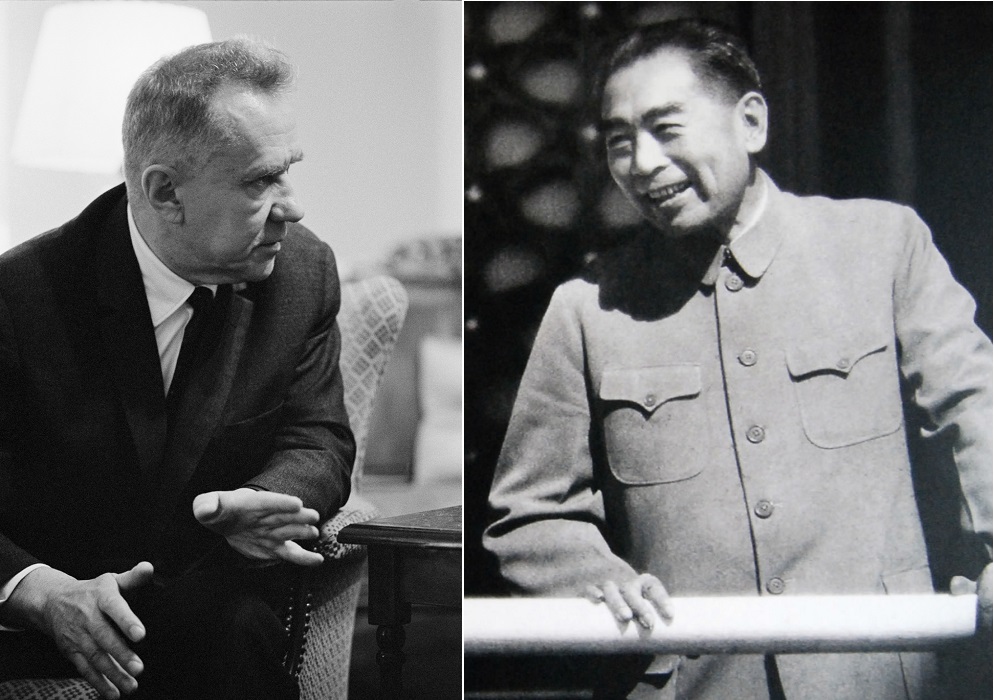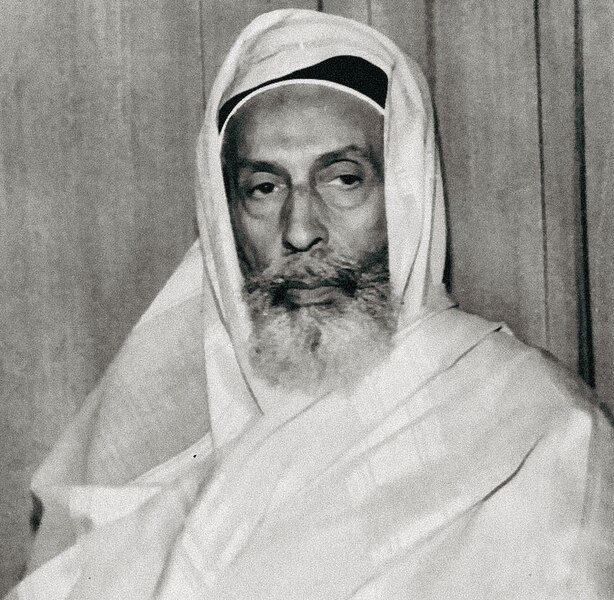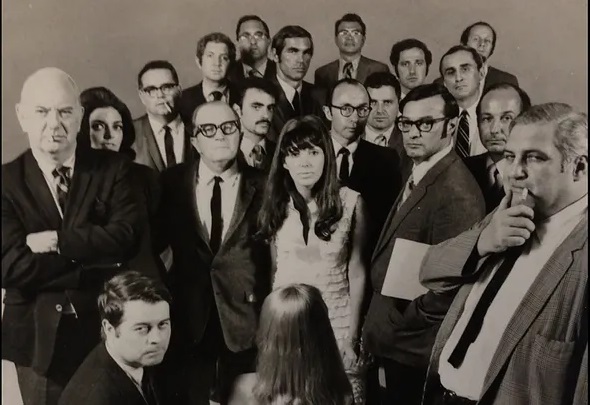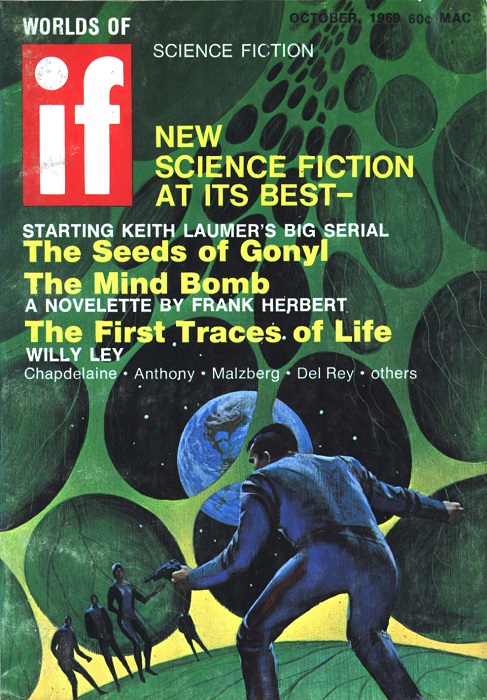
by David Levinson
History lesson
Way back in 1956, Joseph Ferman was the owner of Mercury Publishing, which produced several magazines, including The Magazine of Fantasy and Science Fiction. He believed there was a place in the crowded SF market for a new magazine. The genre was changing; space opera was out, problem stories and stories with a narrower focus were in. The closure of Planet Stories the previous year meant no one was running SF with a hint of adventure and excitement. Joe decided to fill that gap, and a new magazine was born.
The first issue of Venture Science Fiction was dated January 1957 (which means it hit the stands in November or December of 1956). The editor was Robert P. Mills, who was the managing editor over at F&SF under Tony Boucher, with Boucher listed as the advisory editor. The cover by Ed Emshwiller went to a Poul Anderson Psychotechnic League story, Virgin Planet, later expanded to a novel of the same name. Other stories included a science fiction mystery by Isaac Asimov (The Dust of Death) and a controversial Ted Sturgeon tale (The Girl Had Guts), which allegedly made some readers physically ill.
The issue also had a note from the publisher, explaining what he hoped the magazine would be. Every story would have to be well told, and every story had to have “pace, power, and excitement.” But those things also wouldn’t take the place of character and sense.
Venture came out regularly every other month for 10 issues, but it never stood out in a crowded market. There were plenty of big-name authors, and you might recognize a story or two, but none were big stories that will be remembered as classics. This is where Asimov’s science essays ran before moving to F&SF. The magazine may be best remembered as the place that Sturgeon’s Law was first proposed in full: “Ninety percent of everything is crud,” along with its two corollaries.
 The first and last covers for the first run of Venture. Art in both by Ed Emshwiller
The first and last covers for the first run of Venture. Art in both by Ed Emshwiller
What happened? It’s hard to say, but it has been suggested some of the content was too much for the times. There was more gore and sex than was considered acceptable, but which would fit right in today. As a result, new readers may have been put off, and old readers may have decided to go elsewhere. The chaos in the magazine market following the collapse of American News Distribution, which held a near monopoly on magazine distribution, in mid-1957 can’t have helped matters. In any case, the final issue was dated July 1958.
“Wait,” I hear our British and Australian readers say, “wasn’t there a magazine by that name in the early ’60s?” There was! The British version of Venture ran from September 1963 to December 1965. It carried reprints from the American edition of F&SF, even though that magazine also had a British version. The Australian edition was identical, just dated two months later, folding in February 1966.
Another try at the brass ring
The Fermans père et fils have decided to give Venture another try. Maybe they should have told someone. Galaxy Publishing has launched a few new magazines in the last few years, and they always made a big deal of it in their other mags several months in advance. Beyond a very small notice in last month’s F&SF, I haven’t heard a thing about it. Seems like a questionable marketing strategy.
Ed Ferman will be editing Venture as well as F&SF, but since it’s going to be quarterly, it shouldn’t be too much extra work. Along with stories, there’s a book review column by Ron Goulart. A particularly biting review column; Ron doesn’t seem to like much. Presumably, this will be a regular feature.
Another apparent recurring feature (it is, at least, listed as a “department” along with the book reviews) is the return of Ferdinand Feghoot. Feghoots, for the uninitiated, are very short – usually around half a page – stories ending in a pun. They ran in F&SF for a time, up until a few years ago, and the Traveler generally left them out of his reviews. Since puns may be the most subjective form of humor and it will be nearly impossible to cover them without giving away the joke, I will maintain this policy. Should they disappear, I will mention it. At the very least, they tend to be considerably better than the atrocious Benedict Breadfruit stories that appeared in Amazing several years ago.
Let’s take a look at this maiden issue.
 This singularly unattractive cover is by Bert Tanner.
This singularly unattractive cover is by Bert Tanner.
Continue reading [April 12, 1969] A New Venture (May 1969 Venture) →

 Vice President Spiro Agnew addressing the Midwest Regional Republican Committee.
Vice President Spiro Agnew addressing the Midwest Regional Republican Committee. White House Press Secretary Ron Ziegler
White House Press Secretary Ron Ziegler
![[December 2, 1969] Communication Breakdown (January 1970 <i>IF</i>)](https://galacticjourney.org/wp-content/uploads/2024/11/IF-1970-01-Cover-478x372.jpg)
![[November 2, 1969] Love and Hate (December 1969 <i>IF</i>)](https://galacticjourney.org/wp-content/uploads/2024/10/IF-1969-12-Cover-505x372.jpg)
 l. Soviet Foreign Minister Alexei Kosygin, r. Chinese Foreign Minister Chou Enlai
l. Soviet Foreign Minister Alexei Kosygin, r. Chinese Foreign Minister Chou Enlai Vaguely suggested by Ancient, My Enemy. Art by Gaughan
Vaguely suggested by Ancient, My Enemy. Art by Gaughan![[October 20, 1969] There was a ship (November 1969 <i>Venture</i>)](https://galacticjourney.org/wp-content/uploads/2024/10/Venture-1969-11-Cover-480x372.jpg)
 The SS Manhattan breaking through the ice of the Northwest Passage.
The SS Manhattan breaking through the ice of the Northwest Passage. Art by Tanner
Art by Tanner![[October 2, 1969] Darkness, Darkness (November 1969 <i>IF</i>)](https://galacticjourney.org/wp-content/uploads/2024/09/IF-1969-11-Cover-503x372.jpg)
 King Idris from a couple of years ago.
King Idris from a couple of years ago. Libya’s new Prime Minister, Soliman Al Maghreby.
Libya’s new Prime Minister, Soliman Al Maghreby. This month’s cover depicts nothing in particular. Art by Gaughan
This month’s cover depicts nothing in particular. Art by Gaughan![[September 4, 1969] <i>Plus ça change</i> (October 1969 <i>IF</i>)](https://galacticjourney.org/wp-content/uploads/2024/08/IF-1969-10-Cover-487x372.jpg)
 Penelope Ashe, in part, with the cover model superimposed.
Penelope Ashe, in part, with the cover model superimposed.
 Supposedly for Seeds of Gonyl. If so, it’s from later in the novel. Art by Gaughan
Supposedly for Seeds of Gonyl. If so, it’s from later in the novel. Art by Gaughan![[August 2, 1969] Specters of the past (September 1969 <i>IF</i>)](https://galacticjourney.org/wp-content/uploads/2024/07/IF-1969-09-Cover-494x372.jpg)

 Salvadoran President and General Fidel Sanchez Hernandez inspecting the troops.
Salvadoran President and General Fidel Sanchez Hernandez inspecting the troops. A robot carrying off a fainting human woman. It’s not as old-fashioned as you might think. Art by Chaffee
A robot carrying off a fainting human woman. It’s not as old-fashioned as you might think. Art by Chaffee![[July 2, 1969] Merging streams (August 1969 <i>Venture</i>)](https://galacticjourney.org/wp-content/uploads/2024/06/Venture-1969-08-Cover-543x372.jpg)
 More geometric shapes and color washes. Art by Bert Tanner
More geometric shapes and color washes. Art by Bert Tanner![[June 2, 1969] The ever-whirling wheel (July 1969 <i>IF</i>)](https://galacticjourney.org/wp-content/uploads/2024/05/IF-1969-07-Cover-495x372.jpg)
 Art credited only as couresy of Three Lions, Inc. but actually by German artist Johnny Bruck.
Art credited only as couresy of Three Lions, Inc. but actually by German artist Johnny Bruck.![[April 12, 1969] A New Venture (May 1969 <i>Venture</i>)](https://galacticjourney.org/wp-content/uploads/2024/04/Venture-1969-05-Cover-494x372.jpg)
 The first and last covers for the first run of Venture. Art in both by Ed Emshwiller
The first and last covers for the first run of Venture. Art in both by Ed Emshwiller This singularly unattractive cover is by Bert Tanner.
This singularly unattractive cover is by Bert Tanner.![[April 6, 1969] The Weight of History (May 1969 <i>IF</i>)](https://galacticjourney.org/wp-content/uploads/2024/03/IF-1969-04-Cover-500x372.jpg)
 A map showing the location of Chenpao/Damansky Island
A map showing the location of Chenpao/Damansky Island Chinese soldiers pose with their captured Russian tank
Chinese soldiers pose with their captured Russian tank The cover illustrates Groovyland and is credited as courtesy of Three Lions, Inc., but see below
The cover illustrates Groovyland and is credited as courtesy of Three Lions, Inc., but see below